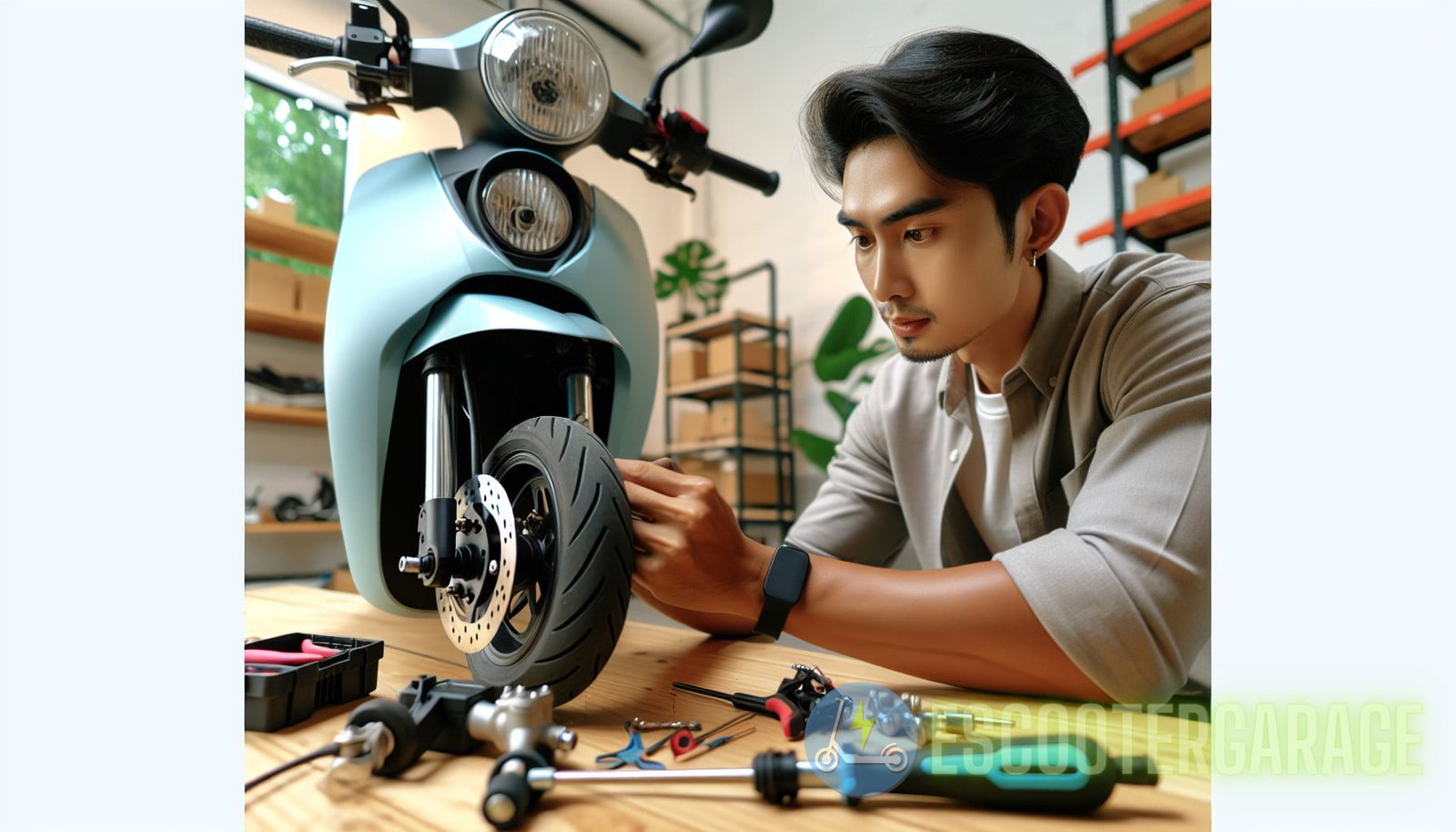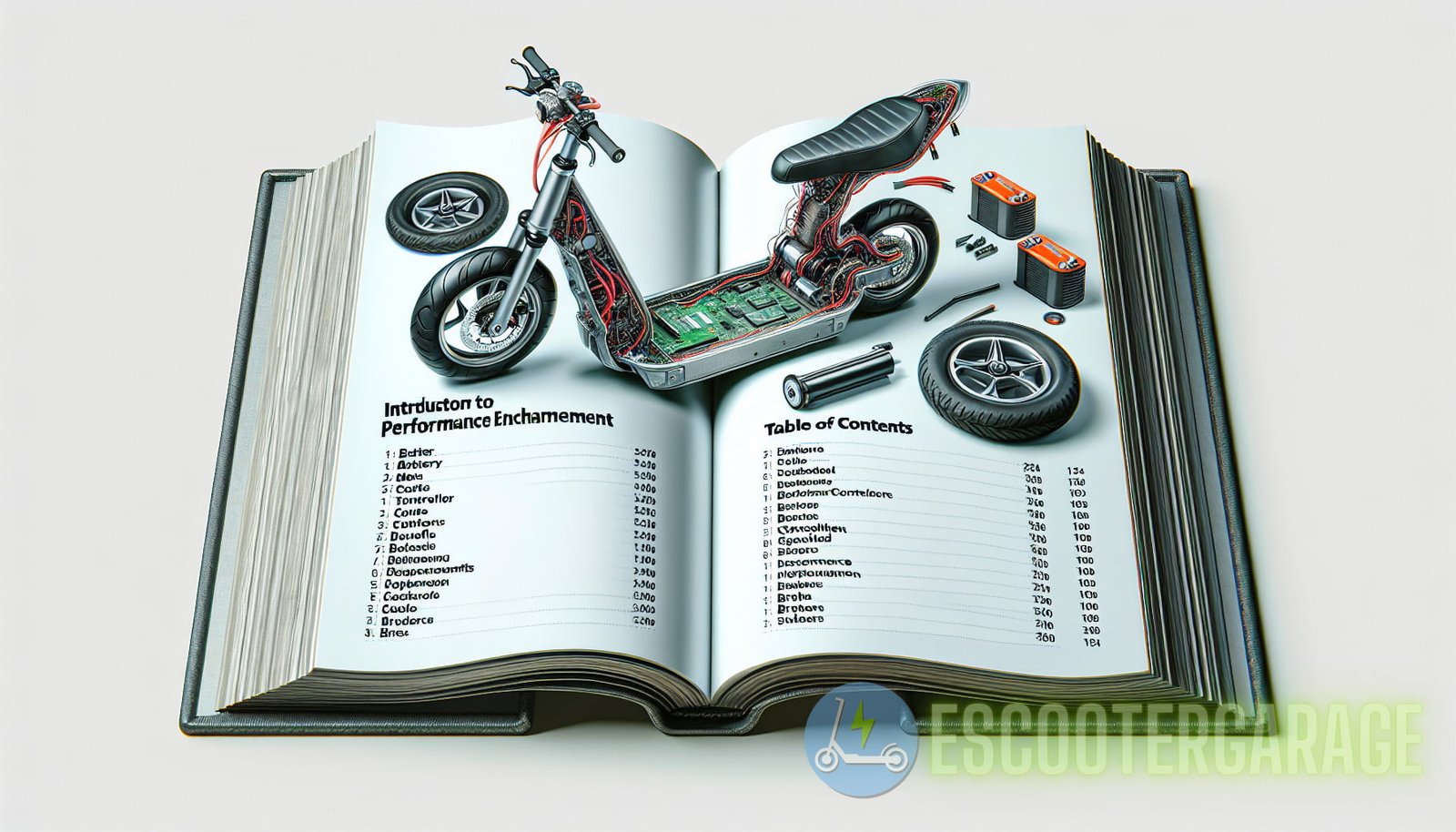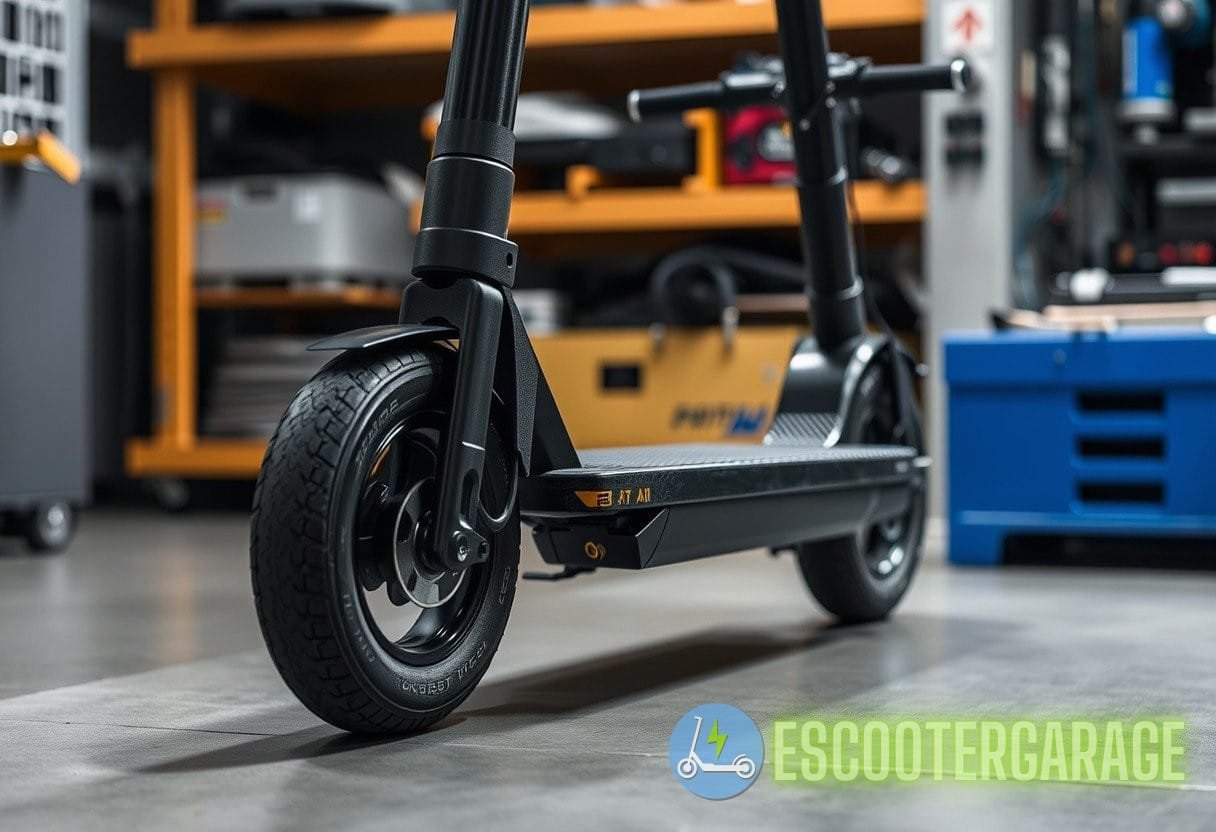Table of Contents:
- Introduction
- Understanding eScooter Components
- Battery
- Motor
- Controller
- Brakes
- Tires
- Suspension
- Battery Problems
- Motor Issues
- Controller Malfunction
- Brake Failures
- Tire and Suspension Problems
- Replacing the Battery
- Motor Replacement
- Controller Repair
- Brake Maintenance and Replacement
- Tire and Suspension Upgrades
- Increasing Top Speed
- Improving Acceleration
- Extending Range
- Enhancing Handling and Stability

Introduction
As the popularity of electric scooters (eScooters) continues to rise, so does the need for knowledge and expertise in their repair and maintenance. Whether you are a professional repair technician or an enthusiastic eScooter owner, this comprehensive guide will provide you with the essential information and techniques to unleash the potential of your eScooter. From understanding the different components to troubleshooting common issues and performing advanced repairs, we will delve into every aspect of eScooter repair and performance enhancement.
Understanding eScooter Components
Before diving into the advanced techniques of eScooter repair and performance enhancement, it’s crucial to have a solid understanding of the various components that make up an eScooter. Each component plays a unique role in the overall functioning and performance of the eScooter. Let’s explore these components in detail:
Battery
The battery is the powerhouse of an eScooter, providing the necessary electrical energy to propel the scooter forward. Most eScooters utilize lithium-ion batteries due to their high energy density and longevity. These batteries come in various capacities, typically measured in ampere-hours (Ah), which determines the range of the eScooter. Understanding the battery’s specifications and knowing how to properly maintain it is essential for optimal performance.
Motor
The motor is responsible for converting the electrical energy from the battery into mechanical energy that drives the eScooter. There are two main types of motors used in eScooters: hub motors and belt-driven motors. Hub motors are located inside the wheel hub and offer direct drive, while belt-driven motors use a belt system to transfer power from the motor to the wheel. Understanding the motor type and its power rating is crucial for diagnosing motor-related issues and maximizing performance.
Controller
The controller acts as the brain of the eScooter, controlling the flow of electricity from the battery to the motor. It regulates the speed, acceleration, and braking of the eScooter based on input from the rider. The controller also interfaces with other components, such as the throttle and brake sensors, to ensure smooth operation. Understanding how the controller works and being able to diagnose controller-related issues is essential for troubleshooting and repair.
Brakes
The brakes on an eScooter are crucial for rider safety and control. Most eScooters use either mechanical disc brakes or regenerative braking systems. Mechanical disc brakes rely on friction to slow down the eScooter, while regenerative braking systems use the motor to generate electricity and slow down the eScooter. Understanding the braking system and knowing how to maintain and repair it is essential for safe riding and optimal performance.
Tires
The tires play a significant role in the overall performance and ride quality of an eScooter. They provide grip, stability, and shock absorption while riding on various road surfaces. Two main types of tires are commonly used in eScooters: solid tires and pneumatic (air-filled) tires. Solid tires offer low maintenance and durability, while pneumatic tires provide better traction and a smoother ride. Knowing how to properly maintain and replace tires is crucial for optimal performance and safety.
Suspension
The suspension system on an eScooter determines its ability to absorb shocks and vibrations from the road. Suspension can greatly enhance ride comfort, especially when riding on uneven surfaces or over potholes. There are two main types of suspension systems used in eScooters: spring suspension and hydraulic suspension. Spring suspension utilizes coil springs to absorb shocks, while hydraulic suspension uses hydraulic dampers for better control. Understanding the suspension system and how to adjust or upgrade it can greatly improve the eScooter’s ride quality.
Common eScooter Issues and Troubleshooting
Even with regular maintenance, eScooters can develop issues over time. Knowing how to troubleshoot common problems can save you time and money by avoiding unnecessary repairs. Let’s explore some of the most common eScooter issues and their troubleshooting techniques:
Battery Problems
One of the most common issues eScooter owners face is battery-related problems. These can include decreased range, sudden power loss, or failure to charge. Troubleshooting battery problems involves checking the battery connections, testing the voltage and capacity, and potentially replacing the battery if necessary. Refer to our in-depth guide on waterproofing eScooters for tips on protecting the battery from liquid damage.
Motor Issues
Motor issues can manifest as overheating, decreased power output, or unusual noises. To troubleshoot motor problems, start by inspecting the motor connections and cleaning any debris that may obstruct its movement. If the issue persists, it may be necessary to disassemble the motor for a more thorough inspection or even replace the motor entirely. Check out our comprehensive step-by-step guide on replacing eScooter parts for detailed instructions on motor replacement.
Controller Malfunction
A malfunctioning controller can result in erratic behavior, such as sudden acceleration or unresponsive controls. Troubleshooting a controller involves checking the connections, testing the voltage and signal outputs, and potentially reprogramming or replacing the controller if necessary.
Brake Failures

Brake failures can pose a serious safety risk to both the rider and others on the road. Troubleshooting brake issues involves inspecting the brake pads, checking the brake cables or hydraulic lines, and adjusting or replacing the brakes as needed. Regular maintenance of the braking system is essential to ensure safe and reliable performance.
Tire and Suspension Problems
Tire and suspension problems can lead to a rough and uncomfortable ride, reduced traction, and increased chances of accidents. Troubleshooting tire and suspension issues involves inspecting the tires for wear and damage, checking the suspension components for proper operation, and performing adjustments or replacements when necessary.
eScooter Repair Techniques
When faced with more complex eScooter repair issues, having the knowledge and skills to perform advanced repairs can save you time and money. Let’s explore some of the common repair techniques for eScooters:
Replacing the Battery
If your eScooter’s battery is no longer holding a charge or has significantly decreased range, replacing the battery may be necessary. This typically involves disconnecting the old battery, connecting the new battery, and calibrating it to ensure proper performance. Refer to the manufacturer’s instructions for specific steps and precautions.
Motor Replacement
In cases where the motor is damaged or no longer functioning, replacing the motor may be the best solution. This process usually involves disassembling the eScooter to access the motor, disconnecting the old motor, connecting the new motor, and testing for proper operation. Our comprehensive guide on replacing eScooter parts provides detailed instructions to assist you.
Controller Repair
If your eScooter’s controller is malfunctioning, repairing it may be possible depending on the extent of the damage. Controllers can be repaired by replacing faulty components, reprogramming the firmware, or performing other troubleshooting techniques. Seek professional assistance if you are unsure or uncomfortable with controller repair.
Brake Maintenance and Replacement
Regular maintenance of the braking system is crucial for safe and reliable eScooter operation. This involves inspecting the brake pads for wear, adjusting the brake cables or hydraulic lines, and ensuring proper brake performance. If the brake pads are worn or the system is not functioning correctly, replacing the brake components may be necessary.
Tire and Suspension Upgrades
If you are looking to enhance the ride quality and performance of your eScooter, upgrading the tires and suspension system can make a significant difference. Upgrading to higher quality tires or switching from solid to pneumatic tires can provide better grip and a smoother ride. Installing upgraded suspension components can improve shock absorption and overall comfort.
Performance Enhancement for eScooters
For those seeking to push the limits of their eScooters, performance enhancement techniques can help unlock additional speed, acceleration, range, and handling capabilities. Let’s explore some popular techniques to enhance eScooter performance:
Increasing Top Speed
To increase the top speed of your eScooter, you can consider upgrading the motor to a more powerful one or reprogramming the controller to allow higher voltage output. It’s crucial to note that modifying the top speed can affect the eScooter’s safety and legal compliance. Always check local regulations and manufacturer’s guidelines before attempting any modifications.
Improving Acceleration
If you prioritize quick acceleration, there are techniques that can provide a boost. Upgrading to a higher power motor or making controller adjustments to increase the torque output can improve acceleration. It’s important to note that modifying the acceleration characteristics may impact battery life and overall performance.
Extending Range
To extend the range of your eScooter, you can explore options such as upgrading to a higher capacity battery, optimizing the motor efficiency, or reducing the overall weight of the eScooter. These modifications can increase the distance you can travel on a single charge. However, it’s essential to consider factors like safety, legal compliance, and the manufacturer’s recommendations for battery and motor compatibility.
Enhancing Handling and Stability
To enhance the handling and stability of your eScooter, consider upgrading the tires to ones with better grip and traction. Additionally, improving the suspension system with higher quality components can provide better shock absorption and overall ride comfort. These upgrades can greatly enhance the overall riding experience and safety.
Conclusion
Unleashing the potential of your eScooter through advanced repair techniques and performance enhancement can greatly enhance your riding experience. By understanding the various components, troubleshooting common issues, and performing advanced repairs, you can ensure that your eScooter remains in optimal condition. Whether you’re a repair technician or an eScooter enthusiast, this guide provides the knowledge and techniques to achieve escooter mastery. Remember to always prioritize safety and follow the manufacturer’s guidelines when performing repairs or modifications. Happy riding!



